
Supercharge your lead generation with a FREE Google Ads audit - no strings attached! See how you can generate more and higher quality leads
Get My Free Google Ads AuditFree consultation

No commitment
Supercharge your lead generation with a FREE Google Ads audit - no strings attached! See how you can generate more and higher quality leads
Get My Free Google Ads AuditFree consultation

No commitment
In today's digital marketing landscape, Google Ads serves as a pivotal tool for storm damage repair businesses seeking to generate qualified leads. With its ability to intercept high-intent prospects at the precise moment of their search, Google Ads bridges the gap between broad awareness efforts and the sales process. For those in the storm damage repair industry, Google Ads presents a powerful opportunity to enhance both online and offline marketing strategies. By capturing decision-makers actively searching for storm repair solutions, businesses can target with precision and measure ROI effectively. However, many storm damage repair companies face challenges such as missing high-value prospects or relying solely on online metrics. This guide explores how to address these hurdles and leverage Google Ads as part of a comprehensive marketing strategy.
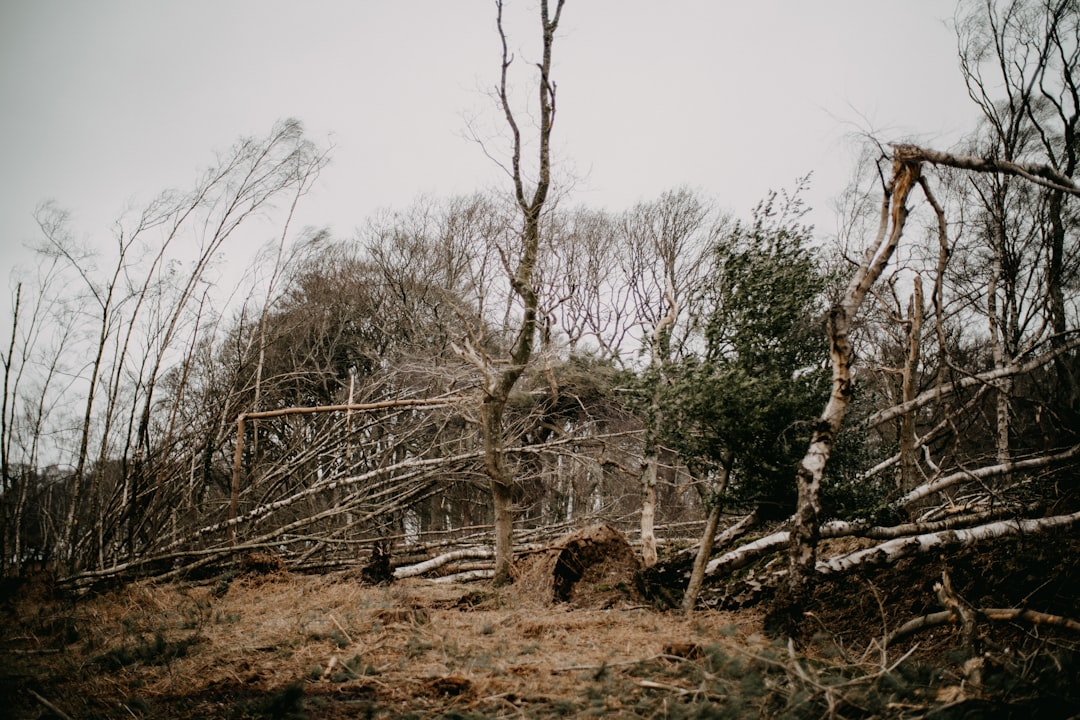
Storm damage repair businesses operate in a fast-moving, high-intent market where immediate visibility directly impacts lead generation and revenue. Leveraging Google Ads for storm damage repair creates targeted access to homeowners and property managers searching for urgent solutions after severe weather events.
A data-driven approach to storm damage marketing ensures campaigns reach decision-makers at moments of need. With precision audience intelligence, real-time performance analysis, and contextual creative, contractors can accelerate lead capture and conversion rates while minimizing wasted spend.
Integrating advanced audience and intent data into Google Ads strategies for contractors helps restoration teams identify prospects before they fill out forms or call. Modern platforms enable marketers to pinpoint companies and individuals visiting their site, segment them by in-market behavior, and prioritize outreach to those exhibiting high purchase intent using website visitor identification.
Aligning landing pages and ad copy for restoration services to the specific needs and urgency of storm damage prospects further boosts conversion rates. By synchronizing CRM, ad platforms, and analytics tools, B2B revenue teams can track every touchpoint, refine storm damage repair advertising in real time, and deliver highly relevant experiences across the funnel. This closed-loop approach allows marketers to measure Google Ads ROI for repair services, ensuring budgets are directed toward the highest-value opportunities.
With the right mix of Google Ads targeting for contractors, dynamic audience segmentation, and robust attribution, storm damage repair businesses can outperform generic PPC for storm damage repair and achieve sustainable growth in both local and regional markets. Ready to elevate your lead generation? Get started for free with Sona.
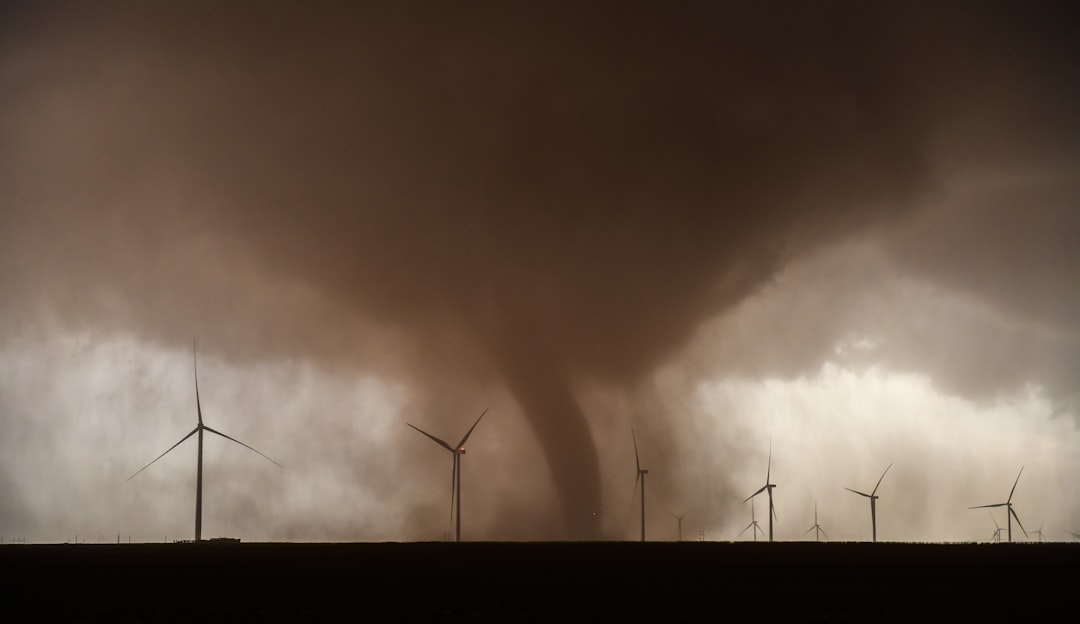
Storm damage repair businesses depend on urgent demand and local visibility to capture leads at the right moment. Google Ads brings these companies directly in front of homeowners and property managers searching for immediate solutions, ensuring that repair professionals remain top-of-mind when disasters strike.
Real-time campaign activation enables restoration firms to respond as soon as storms hit, reaching affected communities while intent is highest. This rapid deployment, combined with advanced targeting and keyword capabilities, means marketing dollars are spent where they drive the greatest impact—on customers ready to act.
Precision targeting within Google Ads allows storm damage repair advertisers to segment audiences by geography, severity of weather events, and specific service needs. Sophisticated tools help optimize spend by dynamically adjusting bids based on intent signals such as search terms and engagement with related content.
Attribution remains a challenge in this industry since many conversions, like phone calls or on-site appointments, happen offline. Marketers leveraging integrated data platforms can now tie these offline actions back to the original ad touchpoint, providing a clear view of Google Ads ROI for repair services and unlocking smarter budget allocation decisions.
Enhanced audience management delivers continually updated segments as prospects move from initial inquiry to qualified lead. This adaptability is crucial for storm damage marketing, supporting retargeting efforts and enabling more personalized ad copy for restoration services that speaks to the urgency and specifics of each lead’s situation.
Seamless syncing between CRM, ad platforms, and analytics unifies go-to-market efforts, so inbound leads, customer records, and campaign performance all align. With local SEO for storm damage and Google Ads targeting for contractors working together, storm damage lead generation becomes efficient, measurable, and ready to support revenue teams aiming for measurable growth. To experience these benefits firsthand, get started for free with Sona.
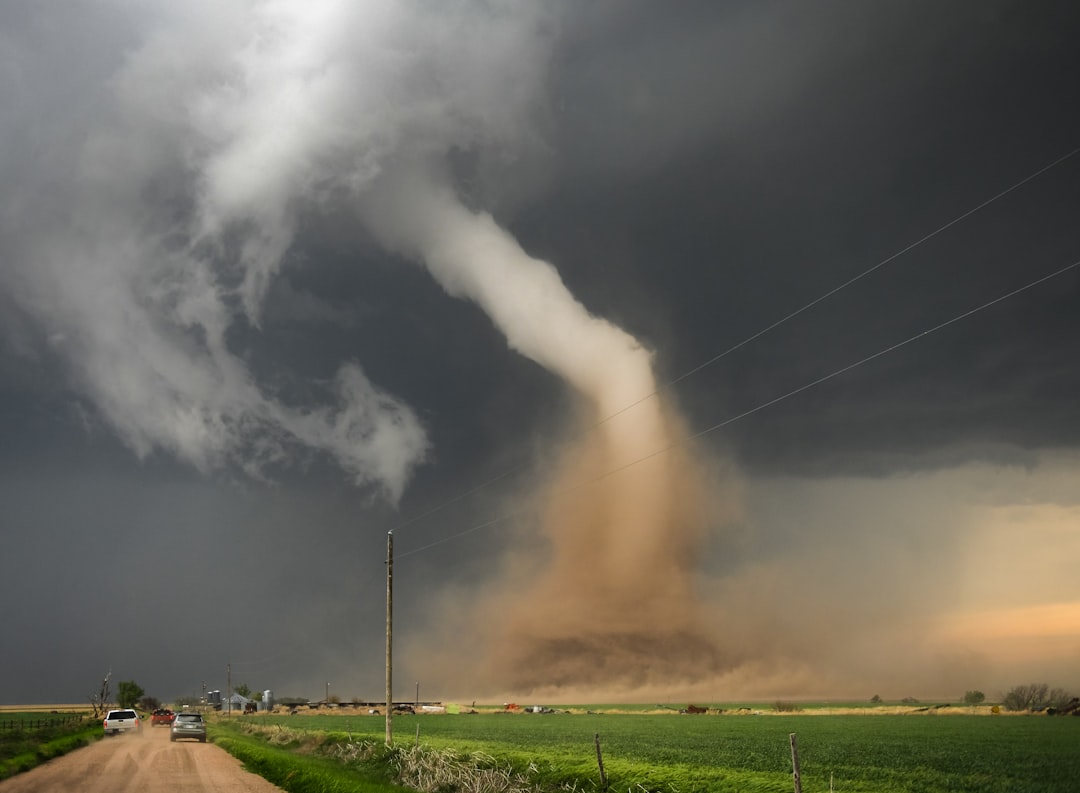
A strategic blend of these campaign types, supported by precise audience intelligence and real-time lead scoring, allows storm damage repair businesses to minimize wasted spend on cold, low-intent traffic. This unified approach empowers marketers to deliver the right message to the right person at the right moment—driving higher lead quality, greater operational efficiency, and measurable improvements in Google Ads ROI for repair services. Get started for free with Sona.
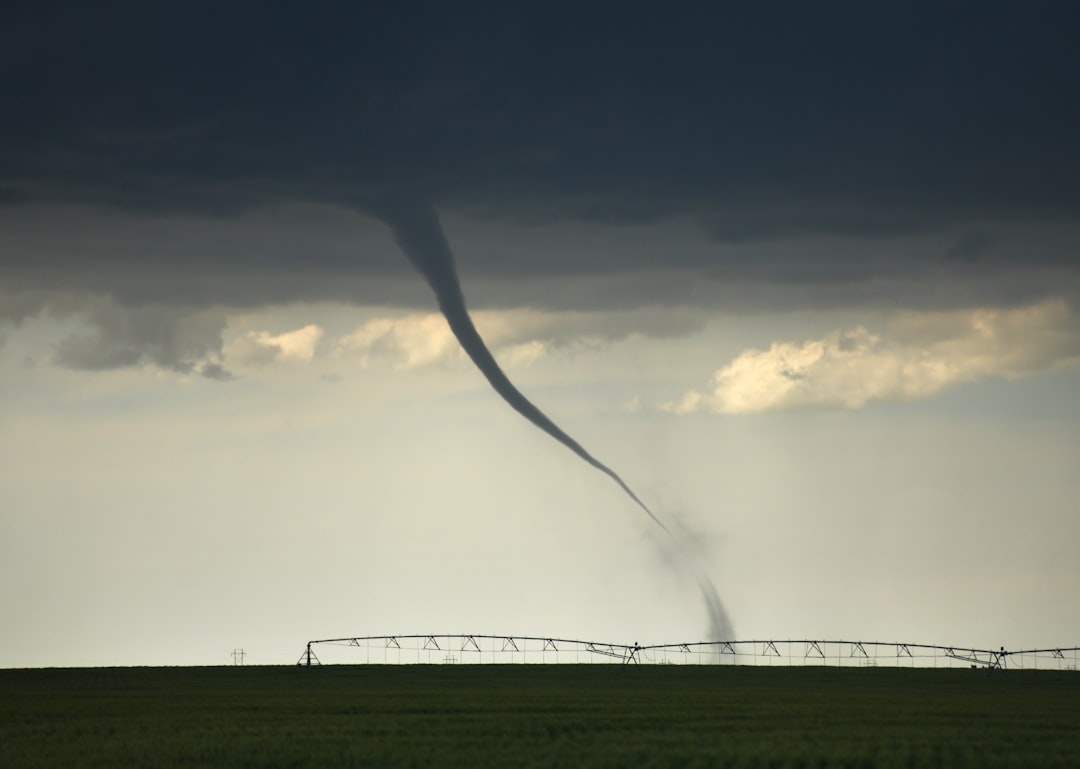
Growth in storm damage repair advertising hinges on precision. Restoration and contractor teams that identify granular industry-specific opportunities consistently outperform generic approaches, especially in highly competitive Google Ads environments. Pinpointing accounts with in-market buying signals and aligning spend to these segments substantially increases engagement and conversion value—especially when you use Sona Identification to reveal which companies are visiting your website and prioritize outreach accordingly.
Start by targeting vertical keywords directly tied to storm damage scenarios, such as "emergency roof tarping," "24/7 water extraction," or "hail damage repair services." These high-intent phrases capture audiences in immediate need, reducing wasted spend on low-converting generic searches. By integrating real-time audience data, marketers can move beyond anonymous website traffic and identify the companies or individuals demonstrating true intent, unlocking more actionable targeting opportunities.
Competitor gap analysis reveals untapped segments and helps restoration marketers understand where rivals are over- or under-serving local markets. Overlaying this intelligence with dynamic audience data ensures ad budgets shift automatically as leads progress through the funnel or as new high-value accounts emerge. Pairing this with advanced conversion tracking provides a clearer view of actual return on ad spend, not just digital vanity metrics. For a step-by-step approach to effective storm restoration Google Ads, see this guide for restoration companies.
Industry-specific platforms, including local home improvement directories or insurance claim portals, offer additional reach beyond Google search. Placing ads on these channels, then retargeting engaged visitors with tailored content, keeps your brand visible throughout the decision cycle. When CRM and ad platforms are seamlessly synced, enriched audience segments update in real time, ensuring restoration teams always prioritize outreach to the accounts most likely to convert—especially during peak storm seasons. This data-driven orchestration transforms storm damage lead generation from reactive to proactive, maximizing every opportunity for growth. If you’re ready to turn these insights into revenue, get started for free with Sona.
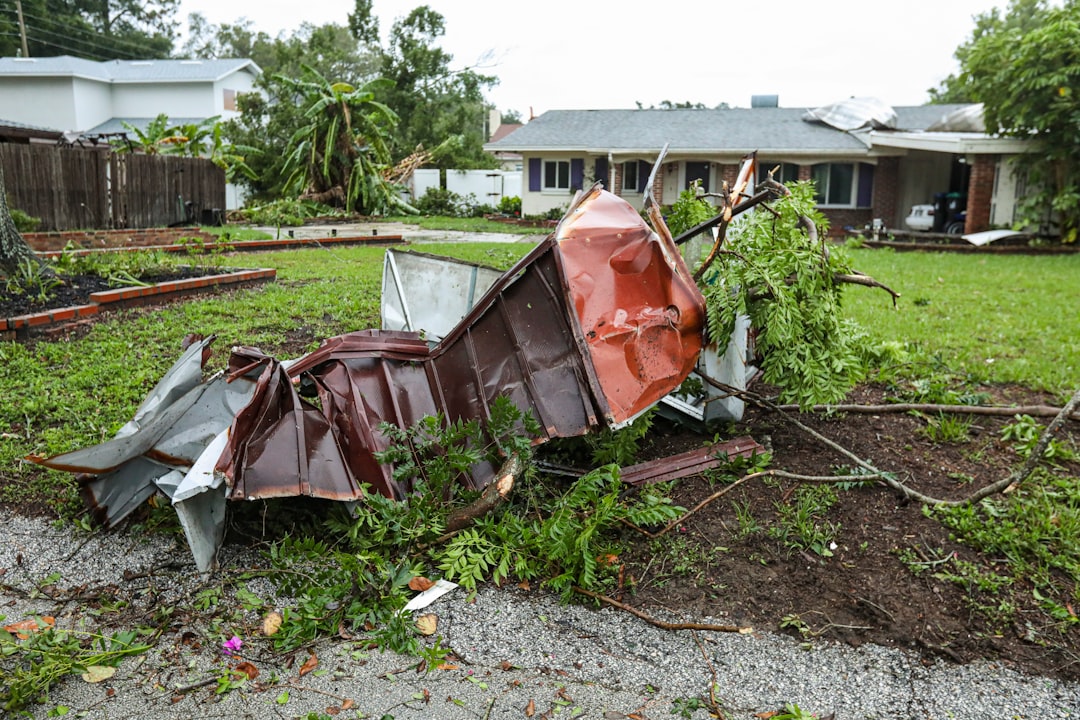
Audience segmentation equips storm damage repair marketers with targeted visibility and higher conversion rates during urgent, event-driven demand spikes. By dividing audiences based on market needs—such as residential homeowners, commercial property managers, and insurance adjusters—restoration companies can align messaging, offers, and calls-to-action for each segment, ensuring relevance and increasing engagement. For additional strategies, see this overview of different Google Ads formats for water damage restoration businesses.
Overlaying real-time intent signals further sharpens reach. Marketers who analyze in-market behavior, like recent searches for "emergency water extraction" or visits to local weather alert pages, can prioritize ad delivery to those most likely to convert. Dynamic audience data platforms support this approach by constantly updating audiences as user journeys evolve, allowing storm damage repair teams to shift budget toward high-value prospects when it matters most. This seamless audience refresh ensures that every ad group is populated with leads actively moving through the decision funnel, not just static lookalike lists.
Creating precise ad groups based on granular signals—damage type, location, urgency—enables highly personalized communication. As new leads engage with landing pages, identification tools can match anonymous visitors to companies or households, closing the gap between digital interest and actionable opportunity. When these segmented audiences sync automatically with CRM and ad platforms, sales and marketing teams maintain unified outreach across ad channels, eliminating silos and enabling consistent follow-up. Learn more on building actionable playbooks for lead generation.
Tracking conversion paths across both online forms and offline phone calls is critical for storm damage repair advertising. Advanced attribution models capture the full impact of PPC for storm damage repair by linking every touchpoint—from first click to closed job—back to the original audience segment and keyword. This clarity empowers marketers to optimize spend, double down on high-converting segments, and demonstrate true Google Ads ROI for repair services. If you want to streamline your audience segmentation and attribution, get started for free with Sona.
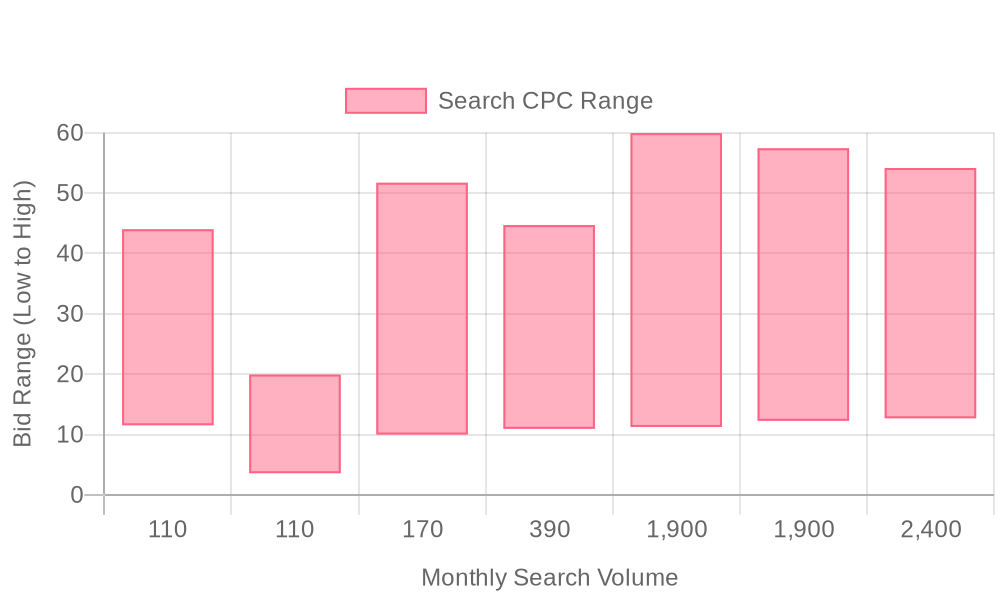
| Industry | Keyword | Monthly Search Volume | Competition Level | Low Bid | High Bid |
| Storm Damage Repair | storm repair contractors near me | 110 | LOW | 11.54 | 44.02 |
| Storm Damage Repair | repairing wind damaged shingles | 110 | LOW | 3.59 | 19.93 |
| Storm Damage Repair | storm damage restoration companies near me | 170 | LOW | 10 | 51.72 |
| Storm Damage Repair | storm damage repair contractors | 390 | LOW | 10.95 | 44.71 |
| Storm Damage Repair | storm damage repair | 1900 | LOW | 11.26 | 59.95 |
| Storm Damage Repair | roof damage repair | 1900 | LOW | 12.28 | 57.44 |
| Storm Damage Repair | storm damage repair near me | 2400 | LOW | 12.69 | 54.17 |
A robust keyword strategy is at the core of every effective Google Ads approach for storm damage repair. Restoration businesses must focus on high-intent, conversion-ready search terms that signal urgent need and local relevance. Targeting these queries ensures that ad budgets are invested in traffic most likely to generate immediate leads, especially during and after severe weather events when demand spikes. For a detailed look at effective keyword selection and campaign focus, review the recommended Google Ads keywords for water damage restoration companies to target in 2024.
Service-related keywords should align directly with the urgent needs of potential clients. Phrases like "emergency storm damage repair," "24/7 water extraction," "hail damage roof repair," and "flood cleanup near me" capture users in active distress who are likely to convert quickly. Layering in geographic modifiers, such as city names, neighborhoods, and even zip codes, narrows the audience to those within actual service areas and reduces wasted spend on out-of-market clicks. For more strategies on structuring high-performing campaigns, explore our collection of actionable playbooks.
A well-maintained negative keyword list is essential for blocking irrelevant intent and maximizing efficiency. Exclude terms like "DIY," "free," and general research phrases that rarely result in qualified leads. Filtering out non-service locations and unrelated queries ensures that campaigns serve ads only to prospects with strong purchase intent. With unified access to search and CRM data, marketers can spot low-quality traffic patterns and adapt negative keyword lists in real time, keeping budgets focused on what drives actual revenue. Integration with Sona’s Destinations feature enables seamless syncing of audience and intent data directly into your CRM and ad tools for ongoing optimization.
When integrated with advanced tools, marketers can identify the exact companies and individuals triggering high-value searches instead of relying solely on generic keyword data. Real-time intent signals, such as repeat visits to key landing pages or engagement with storm-related resources, allow for dynamic bid adjustments and audience updates. Audience segments can evolve automatically as leads progress through the buying journey, ensuring that ad messaging, offers, and follow-up align precisely with each prospect's stage and urgency. This approach not only supports higher conversion rates but also streamlines budget allocation and audience management for storm damage repair campaigns. To experience these capabilities in action, get started for free with Sona.
Effective storm damage repair advertising starts with strategic keyword clustering and precise localization. Segmenting keyword lists by service—such as water extraction, roof tarping, or emergency board-up—ensures each ad group matches the specific intent of your target market. To maximize local relevance, append city, county, or neighborhood modifiers to each query. This approach drives higher quality leads and elevates your visibility in urgent searches like “emergency flood cleanup [city]” or “storm damage roof repair near me.” For a breakdown of ad formats and targeting options, explore this overview of Google Ads formats for water damage restoration.
Long-tail queries attract prospects in immediate need and reduce wasted ad spend. Incorporate phrases that signal strong purchase intent, such as “24/7 storm response” or “insurance-approved storm repairs.” Negative keywords play a critical role by filtering out irrelevant or low-value searches, protecting your PPC for storm damage repair budget from non-converting traffic. Teams seeking a competitive edge can integrate advanced data solutions to pinpoint high-intent accounts and sync enriched audience lists directly into Google Ads, ensuring your campaigns are always aligned with the most valuable local prospects.
Ad copy for restoration services must speak directly to the urgency and emotional pain points of storm-affected property owners. Headlines like “Fast Storm Damage Repair—Licensed & Insured” or “24/7 Emergency Water Removal” establish expertise and credibility at first glance. Integrate trust signals—certifications, years in business, and customer review ratings—directly into your ad descriptions to reinforce confidence. Highlighting fast response times and insurance assistance in every message assures potential clients they are in capable hands. For a step-by-step approach to building high-converting campaigns, see this Google Ads guide for restoration companies.
To further increase engagement, leverage Google Ads extensions that provide one-tap calling, direct links to service pages, and real-time location information. By dynamically updating ad copy based on audience behavior and in-market signals, marketers can shift spend toward the highest converting segments as new storms approach or recede. This agile messaging, paired with real-time audience updates as leads progress through the funnel, drives more conversions and maximizes Google Ads ROI for repair services.
A seamless experience from ad click to landing page is vital for storm damage lead generation. Consistency in messaging, visuals, and offers between keywords, ads, and landing pages reassures visitors they are in the right place. High-performing pages use strong, visible CTAs such as “Request Immediate Storm Assessment” and quick-contact forms above the fold. ROI calculators or “damage cost estimators” can help visitors quantify their need and prompt direct engagement. Discover proven strategies in this list of Google Ads strategies for restoration services.
Trust-building features are essential: showcase certifications, insurance partnerships, and authentic reviews. Incorporating visitor identification technology allows marketers to see which companies or high-value accounts are engaging, enabling personalized follow-up and nurturing. When landing pages are fed with intent-rich traffic and enriched with dynamic content, conversion rates for storm damage marketing climb steadily.
Continuous optimization sets top Google Ads strategies for contractors apart from the competition. Conversion tracking should be granular: monitor phone calls, form fills, and post-click actions to identify the true drivers of job bookings. Test variations in offer language, CTA placement, and audience targeting, using real-time analytics to optimize bidding for the best-performing ads. For the most up-to-date strategies, review best practices to maximize Google Ads spend.
By leveraging unified data platforms, marketers can bridge the gap between sales and marketing, ensuring every conversion—online or offline—is attributed back to the right touchpoint. With seamless CRM and ad account syncing, audiences remain up-to-date as leads progress, allowing for timely retargeting and budget shifts. This closed-loop approach not only streamlines demand generation but also equips revenue teams to forecast and measure the true cost of Google Ads for repair businesses with confidence. To put these insights into practice, get started for free with Sona.
Elevating your storm damage repair business requires more than running basic ad campaigns. To capture and convert high-intent leads, you must employ a comprehensive approach that leverages digital integration, targeted messaging, and actionable data insights.
When you unify audience intelligence, conversion data, and campaign execution, your storm damage repair business stands out in crowded markets. This data-driven, agile approach ensures every marketing effort is targeted, measured, and aligned with rapidly shifting customer needs during storm events. Get started for free with Sona.
Navigating the competitive landscape of storm damage repair can be challenging, but with the right strategy, you can effectively leverage Google Ads to grow your business. By focusing on targeted keywords, optimizing ad copy, and utilizing data-driven insights, you can enhance your advertising efforts and attract more customers in need of your services.
Throughout this article, we've explored the core challenges of advertising in the storm damage repair industry. We discussed the importance of understanding your audience, crafting compelling messages, and continuously analyzing campaign performance. These strategies are crucial for maximizing your reach and impact in a market where timing and visibility are key.
Imagine the transformation in your business when you can confidently reach your ideal customers just when they need you most. By implementing these strategies, you open the door to increased leads and sustained growth. Take charge of your advertising efforts and harness the power of Google Ads to propel your storm damage repair business forward.
Ready to elevate your advertising game? Start for free to experience our platform and its capabilities today. Embrace the tools and insights that can drive your business to new heights.
Best practices include targeting high-intent keywords, using precise audience segmentation, synchronizing CRM and analytics tools, and delivering personalized ad experiences to maximize lead quality and conversion rates.
The budget should be directed toward high-value opportunities by targeting high-intent prospects and using real-time performance analysis to optimize spend and minimize waste.
Target high-intent keywords like 'emergency storm damage repair,' '24/7 water extraction,' 'hail damage roof repair,' and incorporate geographic modifiers to capture local, urgent demand.
Success can be measured by tracking conversions through a unified data platform, enabling attribution of both online and offline actions to original ad touchpoints, and analyzing ROI.
Common mistakes include relying solely on online metrics, missing high-value prospects, not using real-time performance analysis, and failing to align landing pages and ad copy with the specific needs of storm damage prospects.
Join results-focused teams combining Sona Platform automation with advanced Google Ads strategies to scale lead generation

Connect your existing CRM

Free Account Enrichment

No setup fees
No commitment required

Free consultation

Get a custom Google Ads roadmap for your business
Join results-focused teams using Sona Platform automation to activate unified sales and marketing data, maximize ROI on marketing investments, and drive measurable growth

Connect your existing CRM

Free Account Enrichment

No setup fees
No commitment required

Free consultation

Get a custom Google Ads roadmap for your business
Over 500+ auto detailing businesses trust our platform to grow their revenue
Join results-focused teams using Sona Platform automation to activate unified sales and marketing data, maximize ROI on marketing investments, and drive measurable growth

Connect your existing CRM

Free Account Enrichment

No setup fees
No commitment required

Free consultation

Get a custom Google Ads roadmap for your business
Over 500+ auto detailing businesses trust our platform to grow their revenue
Join results-focused teams using Sona Platform automation to activate unified sales and marketing data, maximize ROI on marketing investments, and drive measurable growth

Connect your existing CRM

Free Account Enrichment

No setup fees
No commitment required

Free consultation

Get a custom Google Ads roadmap for your business
Over 500+ auto detailing businesses trust our platform to grow their revenue
Join results-focused teams using Sona Platform automation to activate unified sales and marketing data, maximize ROI on marketing investments, and drive measurable growth

Connect your existing CRM

Free Account Enrichment

No setup fees
No commitment required

Free consultation

Get a custom Google Ads roadmap for your business
Over 500+ auto detailing businesses trust our platform to grow their revenue
Our team of experts can implement your Google Ads campaigns, then show you how Sona helps you manage exceptional campaign performance and sales.
Schedule your FREE 15-minute strategy sessionOur team of experts can help improve your demand generation strategy, and can show you how advanced attribution and data activation can help you realize more opportunities and improve sales performance.
Schedule your FREE 30-minute strategy sessionOur team of experts can help improve your demand generation strategy, and can show you how advanced attribution and data activation can help you realize more opportunities and improve sales performance.
Schedule your FREE 30-minute strategy sessionOur team of experts can help improve your demand generation strategy, and can show you how advanced attribution and data activation can help you realize more opportunities and improve sales performance.
Schedule your FREE 30-minute strategy sessionOur team of experts can help improve your demand generation strategy, and can show you how advanced attribution and data activation can help you realize more opportunities and improve sales performance.
Schedule your FREE 30-minute strategy session





Launch campaigns that generate qualified leads in 30 days or less.
